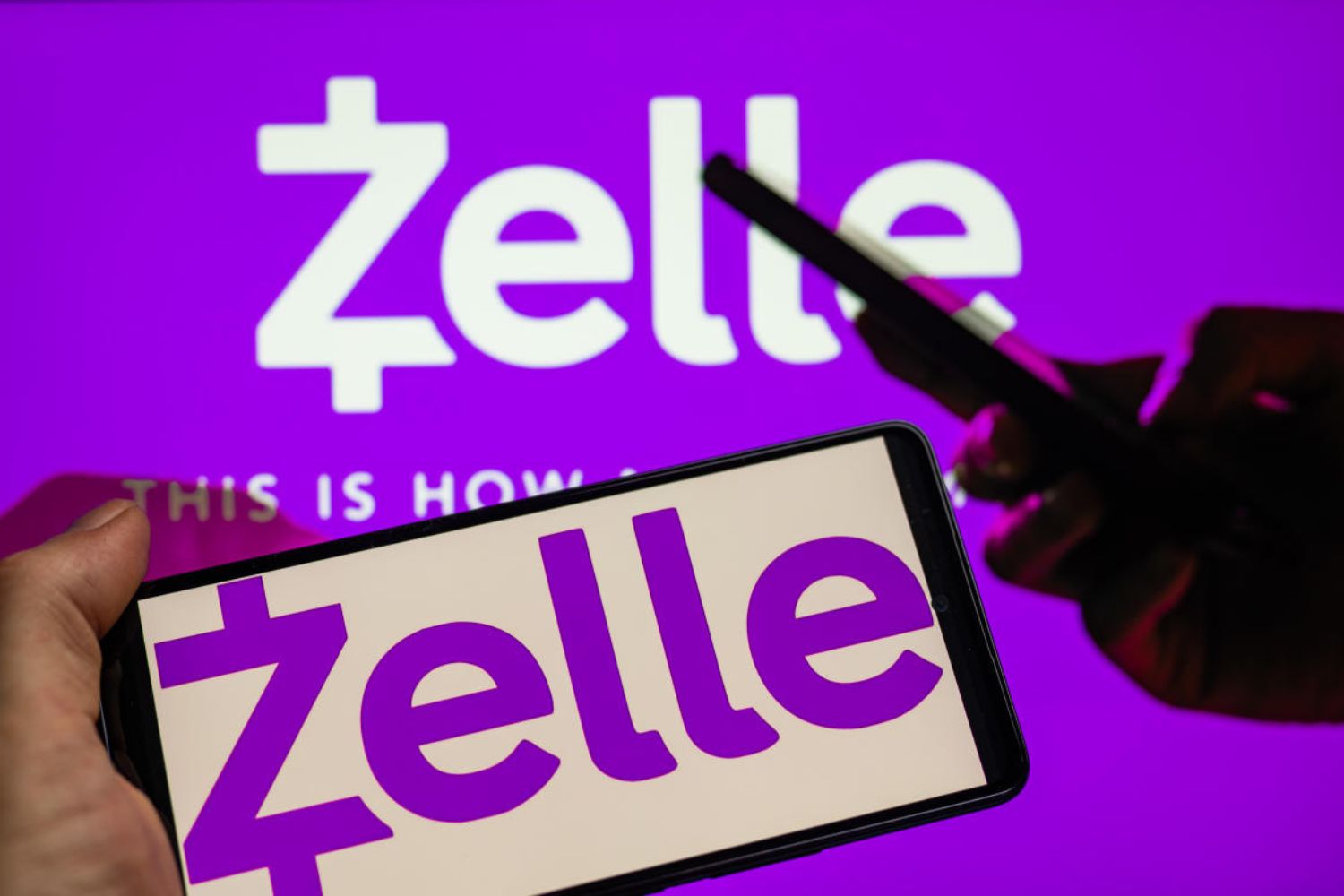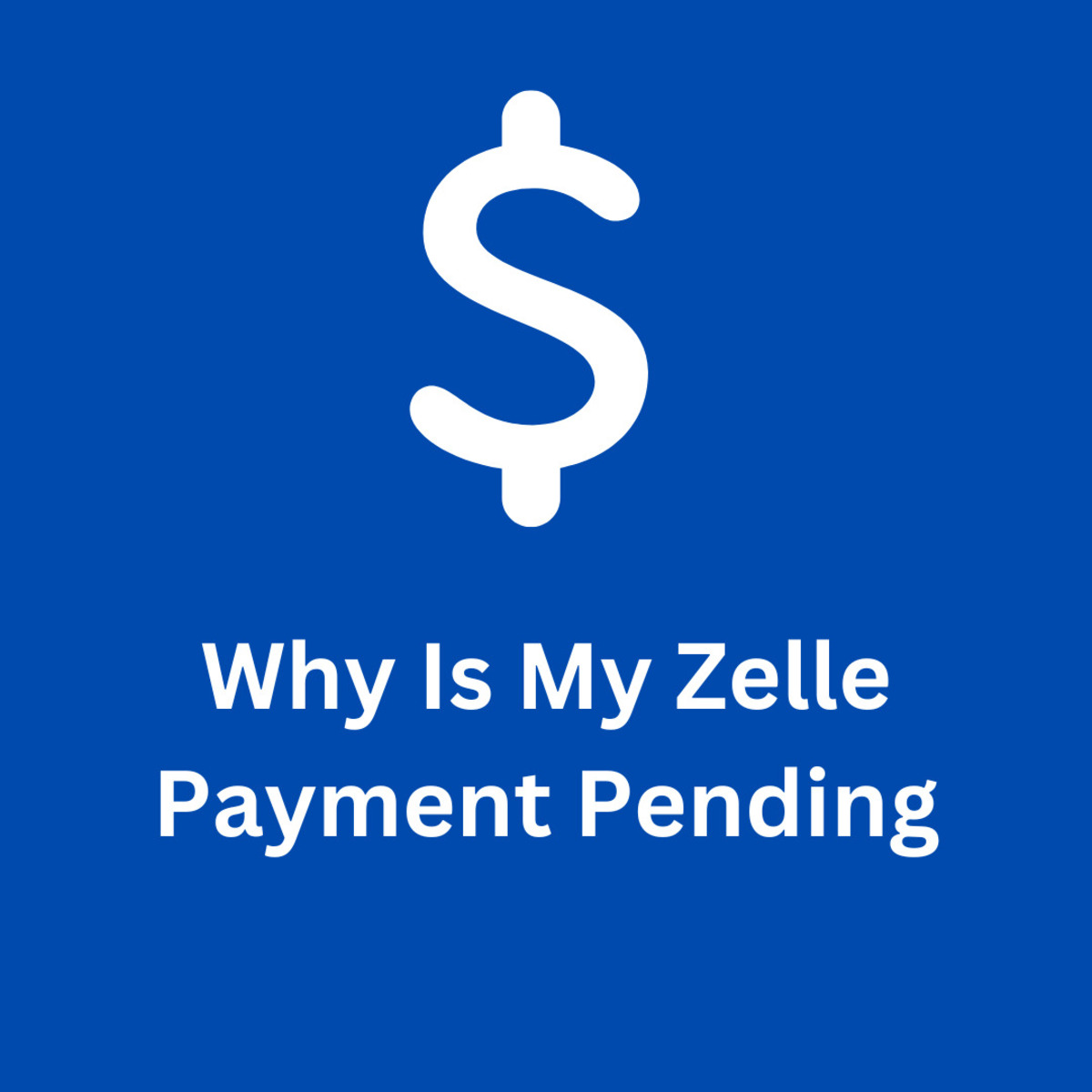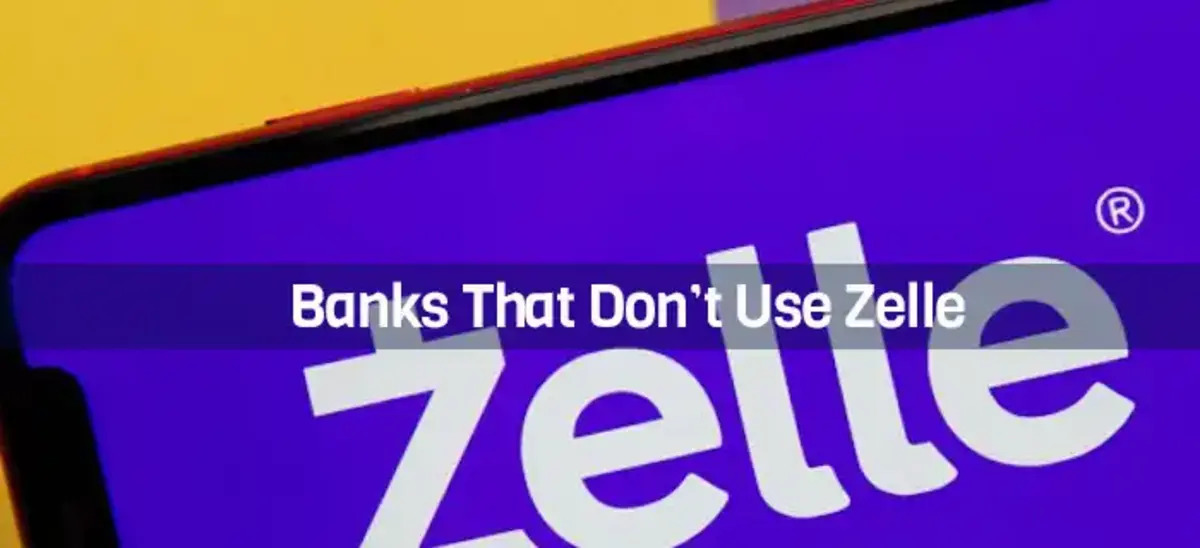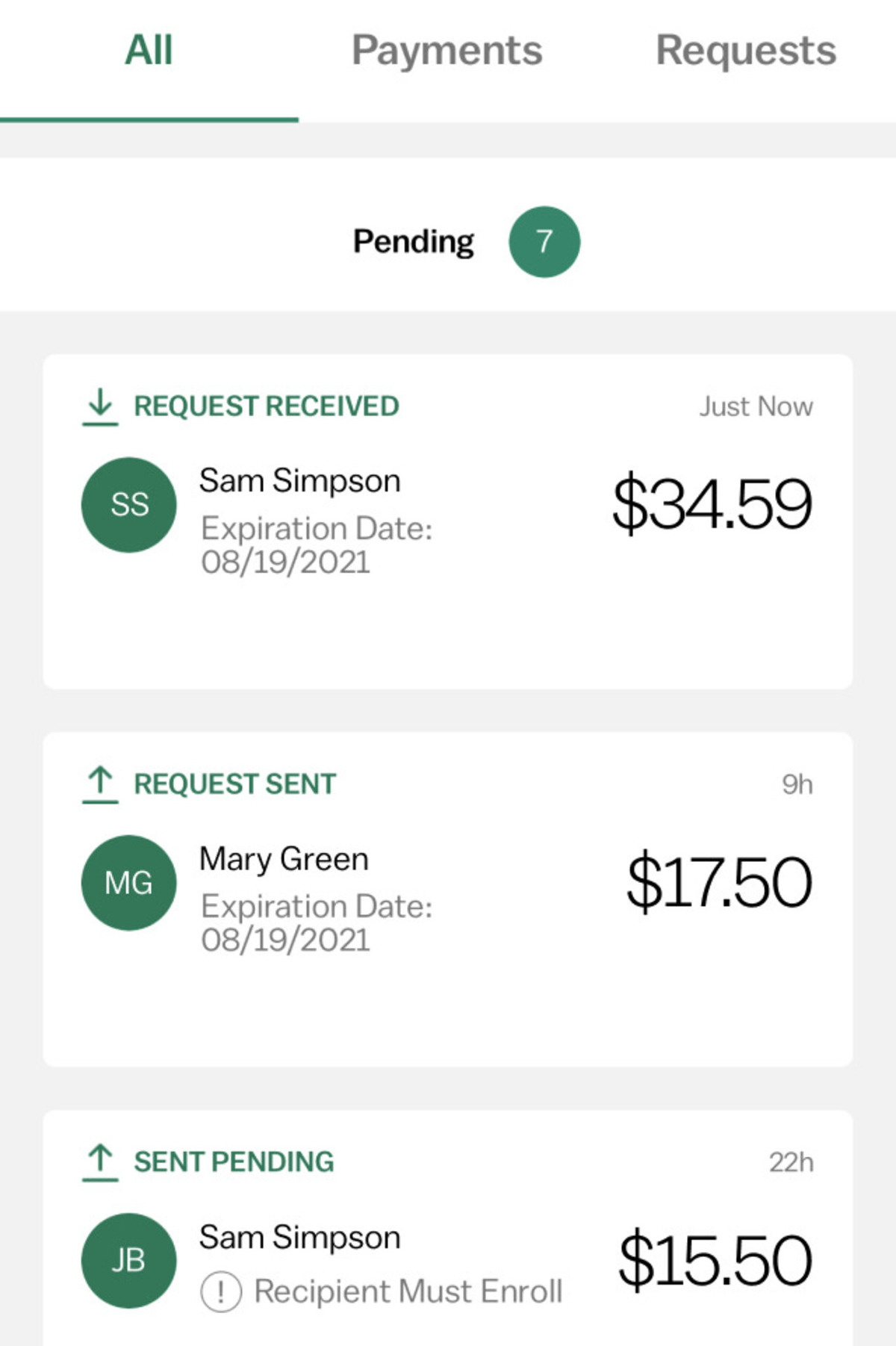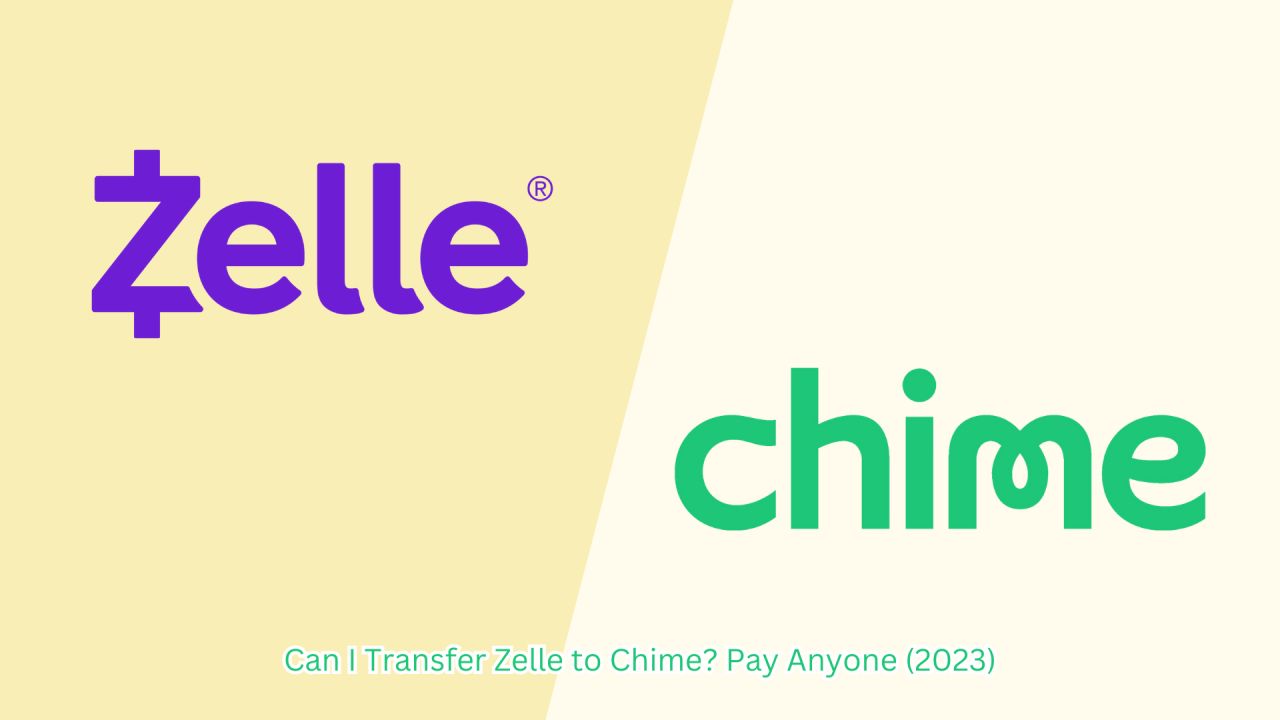Introduction
Welcome to the world of seamless digital transactions! In today’s fast-paced and interconnected world, sending and receiving money has never been easier. Thanks to platforms like Zelle, you can transfer funds with just a few taps on your mobile device. However, have you ever encountered a situation where your Zelle payment seems to be stuck in processing? Don’t worry, you’re not alone.
Zelle, a popular peer-to-peer (P2P) payment service, offers a convenient and secure way to send money to family, friends, or even businesses. Whether you’re splitting the bill with friends, paying rent, or chipping in for a gift, Zelle allows you to transfer funds directly from your bank account.
While the majority of Zelle transactions are completed instantaneously, there can be instances when you notice a payment stuck in the processing stage. This situation can lead to confusion and frustration, especially if you were expecting the funds to be available immediately.
In this article, we’ll explore the possible reasons why your Zelle payment might still be processing and provide troubleshooting steps to help you resolve the issue. Whether you’re new to Zelle or a seasoned user, understanding the inner workings of the platform and its payment process can help you navigate through any hiccups along the way.
What is Zelle?
Zelle is a popular digital payment platform that allows users to send and receive money directly between bank accounts in the United States. With its user-friendly interface and widespread adoption, Zelle has become a convenient and efficient way to transfer funds.
Unlike other P2P payment services, Zelle is not a standalone app. Instead, it is integrated within the mobile banking apps of participating banks and credit unions. This seamless integration eliminates the need for users to download a separate app or create new accounts. All you need is a bank account and a smartphone to get started.
Zelle operates on the Automated Clearing House (ACH) network, a secure financial messaging system that enables the electronic transfer of funds between banks. This means that when you send money through Zelle, it is transferred directly from your bank account to the recipient’s bank account.
One of the key advantages of using Zelle is its speed. In most cases, transactions made through Zelle are completed within minutes, allowing for near-instantaneous access to the transferred funds. This makes it ideal for splitting bills, paying rent, or sending money to friends and family members in need.
It’s important to note that to use Zelle, both the sender and the recipient must have a bank account with a participating financial institution. Most major banks in the United States are part of the Zelle network, but it’s always a good idea to check if your bank is a Zelle partner before attempting to send money.
With its widespread adoption and ease of use, Zelle has revolutionized the way people transfer money, making it a reliable and popular choice for digital payments.
How does Zelle work?
Zelle simplifies the process of sending and receiving money by streamlining the transaction flow. To understand how Zelle works, let’s break it down into a few steps:
1. Enrollment: To use Zelle, you need to link your bank account to the platform. Most major banks support Zelle, but it’s always a good idea to confirm your bank’s compatibility. Once you’ve enrolled in Zelle through your bank’s mobile app, you can start sending and receiving money.
2. Sending Money: When you want to send money to someone, you simply open your bank’s mobile app, select the option to send money through Zelle, and enter the recipient’s email address or mobile number. If the recipient is already enrolled with Zelle, they will receive a notification about the incoming payment. If they are not yet enrolled, they will receive instructions on how to do so.
3. Receiving Money: If someone sends you money through Zelle, you will receive a notification on your mobile device or email, depending on the contact information provided by the sender. You then need to enroll in Zelle through your bank’s app to receive the funds. Once enrolled, the money is deposited directly into your bank account.
4. Transaction Completion: Once the recipient’s bank verifies the transaction, the funds are typically available in the recipient’s bank account within minutes. The speed of this process is one of the major advantages of using Zelle, as it allows for fast and convenient money transfers.
It’s important to note that each bank may have slight variations in the Zelle user experience within its mobile app. However, the underlying concept and functionality remain the same across all participating financial institutions.
Zelle also provides security measures to protect users’ information and prevent unauthorized transactions. These security features include encryption technology, multi-factor authentication, and fraud monitoring. However, it’s always recommended to take additional precautions, such as keeping your mobile banking app up to date and using strong, unique passwords for your accounts.
Overall, Zelle offers a seamless and efficient way to send and receive money directly from your bank account, providing a convenient alternative to traditional payment methods.
Understanding the different payment statuses in Zelle
When you make a payment through Zelle, it goes through various stages before it is completed. Understanding the different payment statuses can help you track the progress of your transactions and determine if any issues may be causing a delay. Here are the common payment statuses you may encounter when using Zelle:
1. Processing: This is the initial status that appears when you initiate a payment. It means that Zelle is in the process of verifying and transferring the funds from your bank account to the recipient’s bank account. Payments in this status typically take only a few minutes to complete, but occasional delays may occur.
2. Sent: After the processing stage, the payment status changes to “Sent.” This means that the funds have successfully left your bank account and are on their way to the recipient’s bank account. At this point, the recipient will receive a notification about the incoming payment.
3. Received: Once the recipient’s bank verifies and deposits the funds into their bank account, the payment status changes to “Received.” This indicates that the recipient has successfully received the payment and the transaction is complete. The recipient may receive a notification or see the funds reflected in their bank account balance.
It’s important to note that the duration of each payment status may vary. In most cases, payments made through Zelle are completed within minutes. However, occasional delays can occur due to factors such as network issues, bank processing times, or security checks.
If you notice that a payment has been stuck in one status for an extended period or the recipient has not received the funds, it may indicate a problem with the transaction. In such cases, it is advisable to take further steps to resolve the issue, which we will discuss later in this article.
By understanding the different payment statuses in Zelle, you can have a clearer picture of the progress of your transactions and stay informed about any potential delays or problems that may need attention.
Possible reasons for a Zelle payment still processing
While Zelle is known for its fast and seamless transactions, there can be instances when a payment remains in the processing stage for longer than expected. Several factors can contribute to a Zelle payment still processing:
1. Network issues: Sometimes, network connectivity problems can disrupt the smooth flow of transactions. If your internet connection is unstable or experiencing delays, it can affect the processing time of your Zelle payment. In such cases, waiting for a stable connection or trying the transaction again later may help resolve the issue.
2. Bank processing times: Each bank has its own processing time when it comes to transferring funds. While Zelle facilitates the instant transfer of money, certain banks may take longer to verify and process the transaction. If the recipient’s bank has a longer processing time, it can cause a delay in the completion of the payment.
3. Recipient’s enrollment status: For a Zelle payment to be completed successfully, both the sender and the recipient must have enrolled in Zelle. If the recipient has not yet registered with Zelle or has not provided the correct contact information associated with their bank account, it can lead to a delay in the payment processing. In such cases, the recipient will need to enroll in Zelle to receive the funds.
4. Insufficient funds: If there are insufficient funds in the sender’s bank account at the time of initiating the Zelle payment, it can result in a delay or failure of the transaction. Ensure that you have enough funds in your account to cover the amount you wish to send to avoid any processing issues.
5. Security checks: Zelle employs various security measures to protect users and prevent unauthorized transactions. Sometimes, additional security checks may be required for certain transactions, which can cause a delay in the processing time. These checks are in place to safeguard your funds and ensure the transaction is legitimate.
It’s important to remember that while most Zelle transactions are completed quickly, occasional delays can occur due to these and other factors. If your Zelle payment is still processing beyond the usual time frame, it may be worth considering these possible reasons and taking appropriate steps to resolve the issue.
Troubleshooting steps to resolve a Zelle payment that is still processing
When a Zelle payment is still processing beyond the expected timeframe, there are several troubleshooting steps you can take to try and resolve the issue. Here are some steps to consider:
1. Check your internet connection: Ensure that you have a stable internet connection. Unstable or slow internet connectivity can disrupt the processing of your Zelle payment. Try switching to a different network or waiting until you have a stronger connection before attempting the transaction again.
2. Contact the recipient: Reach out to the recipient and confirm that they have enrolled in Zelle and provided the correct contact information associated with their bank account. In some cases, a payment may be delayed if the recipient has not completed the necessary enrollment process or if the provided information is incorrect. Encourage the recipient to double-check their account details and, if necessary, re-enroll in Zelle.
3. Verify your bank account: Double-check that your bank account is properly linked to your Zelle profile. Log in to your mobile banking app and confirm that your account is active and in good standing. If there are any issues or discrepancies with your bank account, contact your bank’s customer support for assistance.
4. Ensure sufficient funds: Make sure that you have enough funds in your bank account to cover the amount you wish to send through Zelle. If your account balance is insufficient, it can cause a delay or failure in the processing of the payment. Check your account balance and, if necessary, transfer additional funds to cover the transaction amount.
5. Wait and try again later: In some cases, delays in transaction processing can be temporary due to network congestion, high transaction volumes, or other factors. If you’ve checked all the other possible causes and the payment is still processing, it may be beneficial to wait for some time and attempt the transaction again later.
6. Reach out to your bank: If you’ve exhausted all other troubleshooting steps and the payment is still stuck in the processing stage, contacting your bank’s customer support can provide further assistance. They can investigate the issue, verify the status of the transaction, and provide guidance on how to resolve it.
Remember, while Zelle payments are typically speedy, occasional delays can occur. By following these troubleshooting steps, you can help resolve issues with a Zelle payment that remains in the processing stage and ensure a smoother and faster transaction experience.
Contacting Zelle customer support for assistance
If you have tried the troubleshooting steps mentioned earlier and your Zelle payment is still processing or experiencing delays, it may be necessary to reach out to Zelle’s customer support for further assistance. Zelle provides customer support to help users resolve any issues they may encounter during their payment process.
Here are the steps you can take to contact Zelle customer support:
1. Visit Zelle’s website: Start by visiting Zelle’s official website. They provide comprehensive information about their services, frequently asked questions, and a range of support options.
2. Verify your bank’s customer support: Keep in mind that Zelle’s customer support is often provided by the banks and credit unions that are part of the Zelle network. Therefore, for specific payment-related inquiries, it’s recommended to contact your own bank’s customer support first.
3. Use Zelle’s support channels: Zelle provides various support channels, including email, live chat, and phone support. On their website, you can find the appropriate contact information to reach out to their support team directly.
4. Provide relevant details: When contacting Zelle support, be prepared to provide them with relevant details about the specific payment in question. This may include the date and time of the transaction, the amount sent, the recipient’s information, and any error messages or notifications received during the process.
5. Explain the issue clearly: Clearly explain the problem you’re experiencing, including the fact that your payment is still processing or experiencing delays. The more specific and detailed you can be in describing the issue, the better equipped Zelle’s support team will be to assist you.
6. Follow up if needed: In case the issue is not resolved immediately, make sure to follow up with Zelle’s customer support as necessary. Be persistent in seeking a resolution and provide any additional information or updates they may require.
Remember that Zelle customer support aims to provide timely and helpful assistance. While they may not be able to resolve every issue instantly, reaching out to them can be an essential step in resolving payment-related concerns.
Conclusion
Zelle is a convenient and efficient platform for sending and receiving money directly between bank accounts. While the majority of Zelle transactions are completed within minutes, it’s not uncommon to encounter situations where a payment remains in the processing stage. In such cases, understanding the reasons for the delay and knowing the necessary troubleshooting steps can help you resolve the issue and ensure a smoother transaction experience.
We covered various aspects of Zelle, including its functionality, payment statuses, possible reasons for delays, troubleshooting steps, and contacting customer support. By following the troubleshooting steps mentioned earlier, such as checking your internet connection, verifying recipient enrollment, ensuring sufficient funds, and contacting your bank if needed, you can increase the chance of resolving any issues with your Zelle payment.
In situations where you’ve exhausted all troubleshooting steps, it’s important to reach out to Zelle’s customer support for further assistance. They can provide personalized guidance and address any specific concerns related to your payment. Remember to provide them with relevant details and be clear in explaining the issue you’re facing.
Overall, Zelle is a reliable and user-friendly platform for quick and secure money transfers. By familiarizing yourself with its processes, understanding the possible causes of payment delays, and knowing what steps to take, you can make the most out of your Zelle experience and enjoy seamless transactions with friends, family, and businesses.










